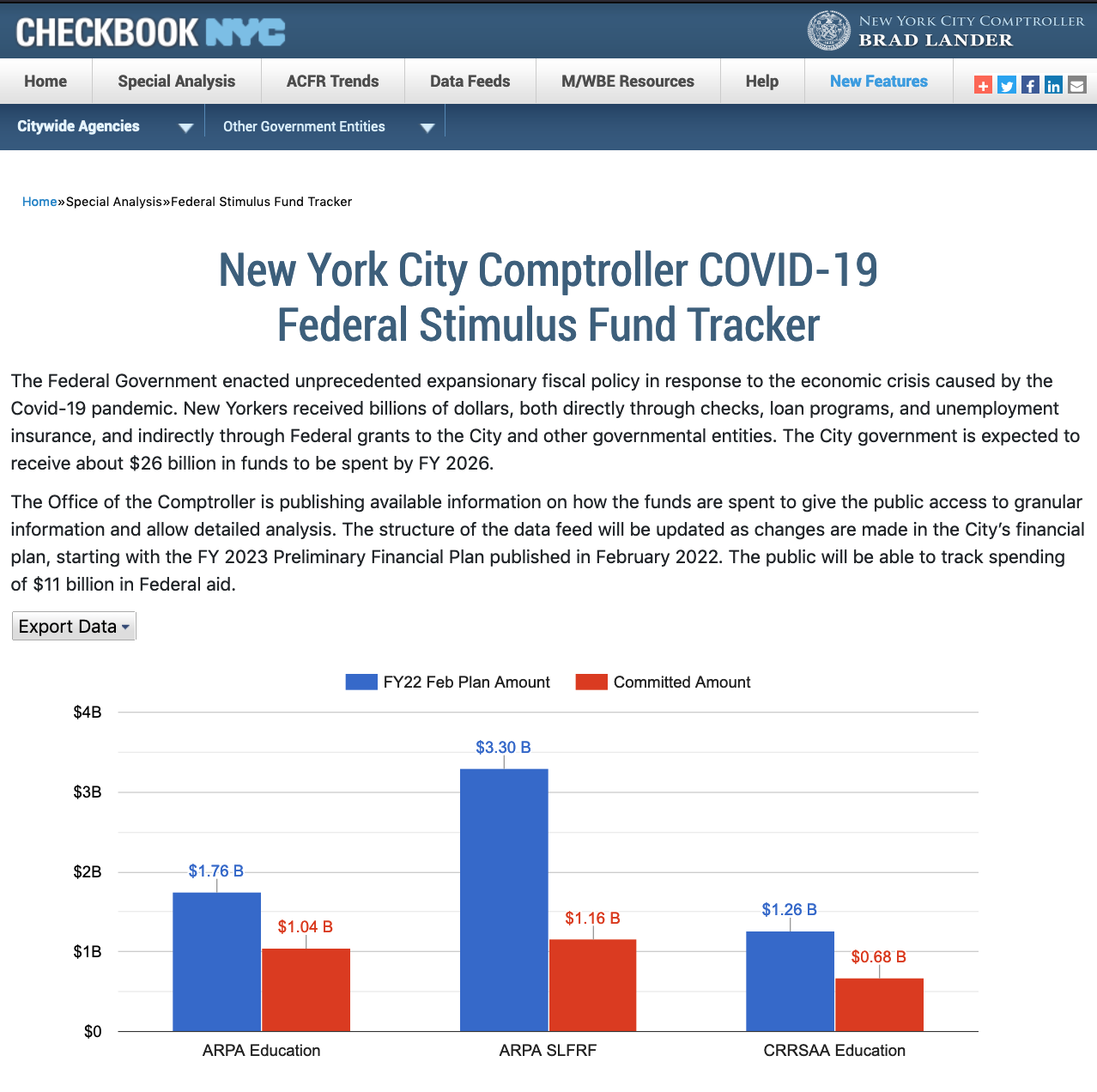
Registration Waived for Out-of-State Snowmobilers for Promotional Weekends
$4.2 Million for Snowmobile Trail Maintenance and Grooming Across New York State
Governor Kathy Hochul today designated March 5-6 and March 12-13 for free snowmobiling by all out-of-state and Canadian snowmobilers. During these promotional weekends, the requirement to register in New York is waived for properly registered and insured out-of-state snowmobiling enthusiasts wishing to explore New York's 10,500 miles of snowmobile trails. The Governor also announced up to $4.2 million for snowmobile trail maintenance and grooming will be distributed to local partners across New York State.
“New York is unrivaled in its natural beauty in all four seasons and offers a vast recreational trail system for snowmobilers to enjoy our stunning winter landscape,” Governor Hochul said. “New York State partners with local governments and snowmobile clubs who work hard to create an exceptional snowmobile network. By offering free snowmobile weekends, we are helping to highlight our trails to out-of-state visitors and boost our upstate tourism economy, while giving New Yorkers greater opportunity to explore their state.”
Outside of this promotion, out-of-state and Canadian snowmobilers are required to register their snowmobiles with New York State before hitting the state's trails, stretching from the Hudson Valley to the North Country to Western New York. Participants in the free snowmobiling event must operate a snowmobile that is validly registered in their home state/Canadian Province and must carry any applicable insurance as required by their home state/province.
This year's Free Snowmobiling Weekends reinforce the importance of tourism to state and local economies, and New York's commitment to rebuilding the industry in the wake of the pandemic. The invitation to out-of-state snowmobilers complements the governor's multi-faceted "Bring Back Tourism, Bring Back Jobs" initiative. Earlier this month, I LOVE NY launched a new global marketing effort that included paid tourism advertising in overseas markets for the first time. Additionally, guidelines and eligibility screening tools for two tourism industry relief programs totaling $125 million in support are available online.
New York State is distributing up to $4.2 million for snowmobile trail maintenance to local communities in New York this winter. The local grants program is funded by snowmobile registration fees collected by the State Department of Motor Vehicles and deposited into the Snowmobile Trail Development and Maintenance Fund. County and municipal governments distribute the grants to about 230 snowmobile clubs across the state, which in turn groom and maintain the trails. The trail grants support 10,500 miles of designated trails across the state for snowmobilers to safely enjoy.
Erik Kulleseid, Commissioner of the Office of Parks, Recreation and Historic Preservation, said, “New York State has so many options for outdoor winter enthusiasts to visit the Empire State. I’m grateful to the local governments and snowmobile clubs who help keep trail systems safe and well-groomed for residents and visitors who want to make New York their winter destination.”
Empire State Development Vice President and Executive Director of Tourism Ross D. Levi said, “Snowmobiling is a great way to experience the picturesque landscapes and winter wilderness throughout New York State. With thousands of miles of trails, visitors can choose from a variety of terrains that, combined with inviting lodging and delicious food and beverage experiences, can make for a rejuvenating getaway. Free Snowmobiling Weekends offer great opportunities for snowmobilers to come be a part of the excitement and natural beauty of New York State.”
Department of Motor Vehicles Commissioner Mark J.F. Schroeder said, “New York State and its local partners maintain a beautiful and extensive snowmobile trail network that we’re excited to showoff to our out-of-state friends. I encourage sledders to take advantage of these free snowmobiling weekends and enjoy in a safe and responsible manner.”
Dominic Jacangelo, Executive Director, New York State Snowmobile Association, said, “We appreciate that Governor Hochul understands the economic impact of snowmobiling on the New York State economy, and that she wants to invite others to experience the amazing trail system that we have in New York State.”
Trail conditions vary depending on snowfall amounts and other factors. Check the websites of area snowmobile clubs for information on trail conditions, including the status of grooming. The New York State Snowmobile Association website has information about snowmobiling and snowmobile clubs. Maps of the state snowmobile trail network are available on New York State Parks' website here.
A guide from I LOVE NY to snowmobile trips available in the state can be found here.
The DMV reminds New York riders that snowmobile registrations must be renewed annually. DMV allows snowmobilers to renew registrations online on the DMV website, by mail or in person at a DMV office. Snowmobile registration costs $100, but is decreased to $45 if the snowmobiler is a member of a local snowmobile club.
Non-New Yorkers who wish to use a snowmobile in New York State before or after this promotional weekends can use the NYS Registration for Out-of-State Snowmobile service to get a 15-day registration and operate their snowmobile here immediately. DMV will send a permanent registration in the mail.
For information on snowmobiling, visit parks.ny.gov. Visit the DEC website here for more information on snowmobiling on state lands.




